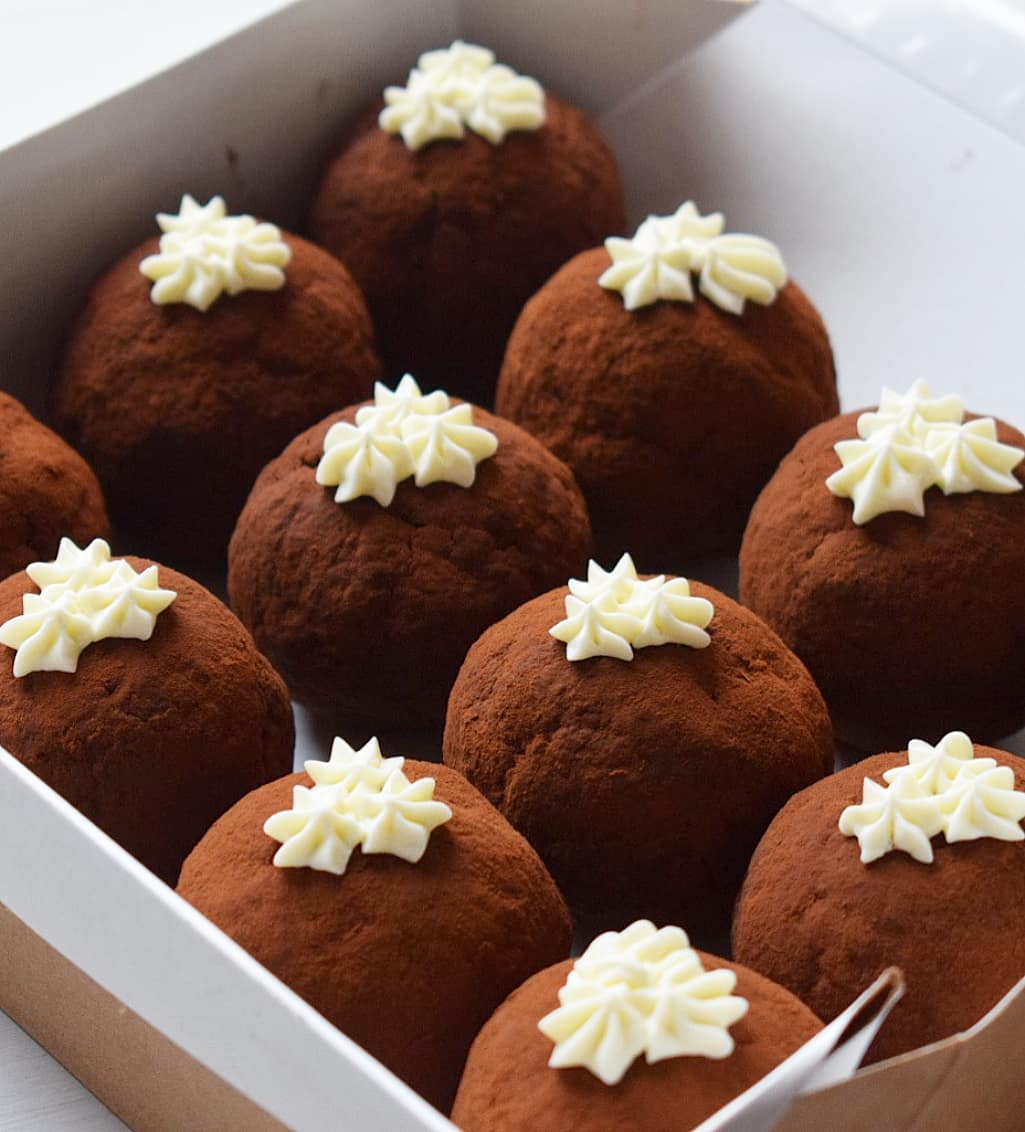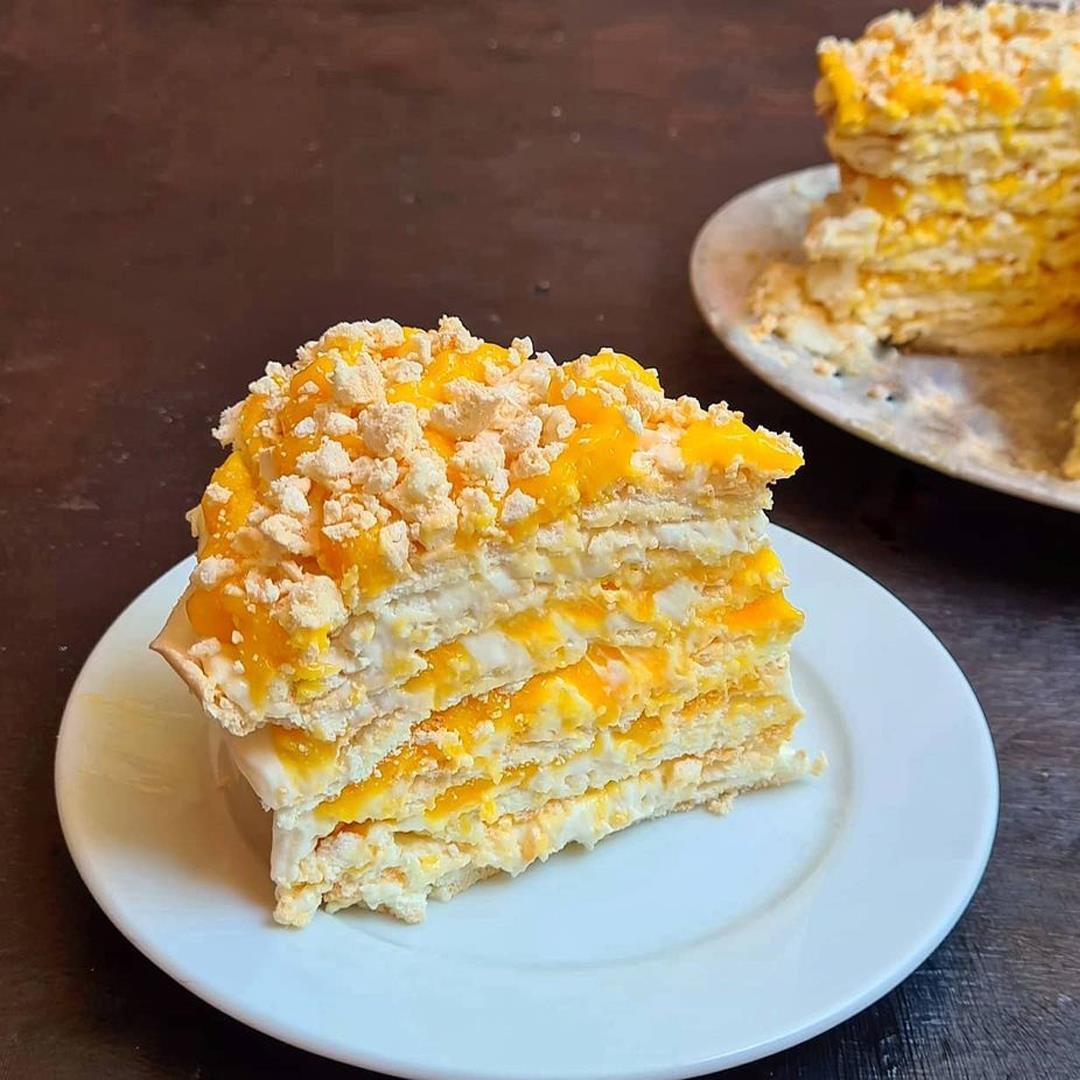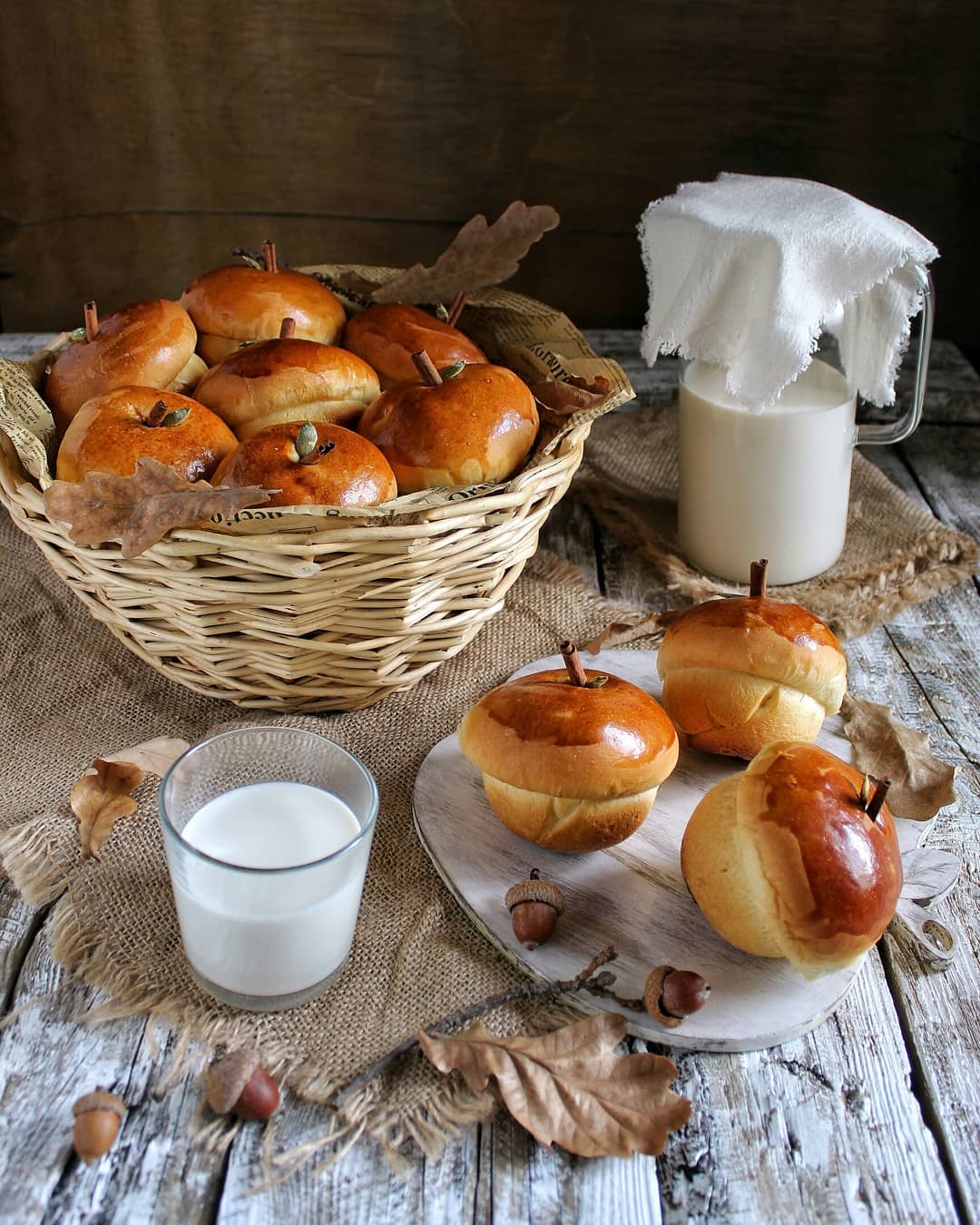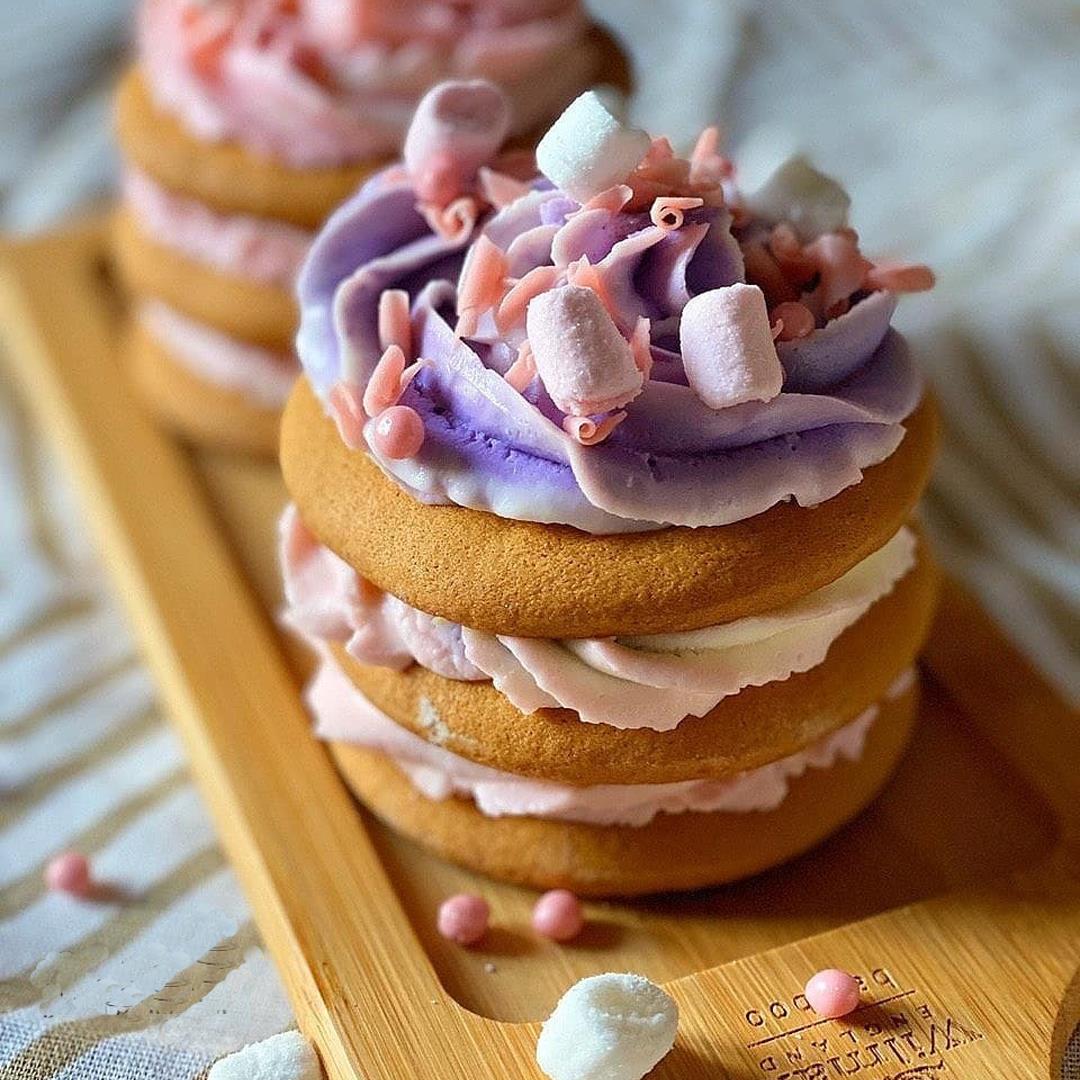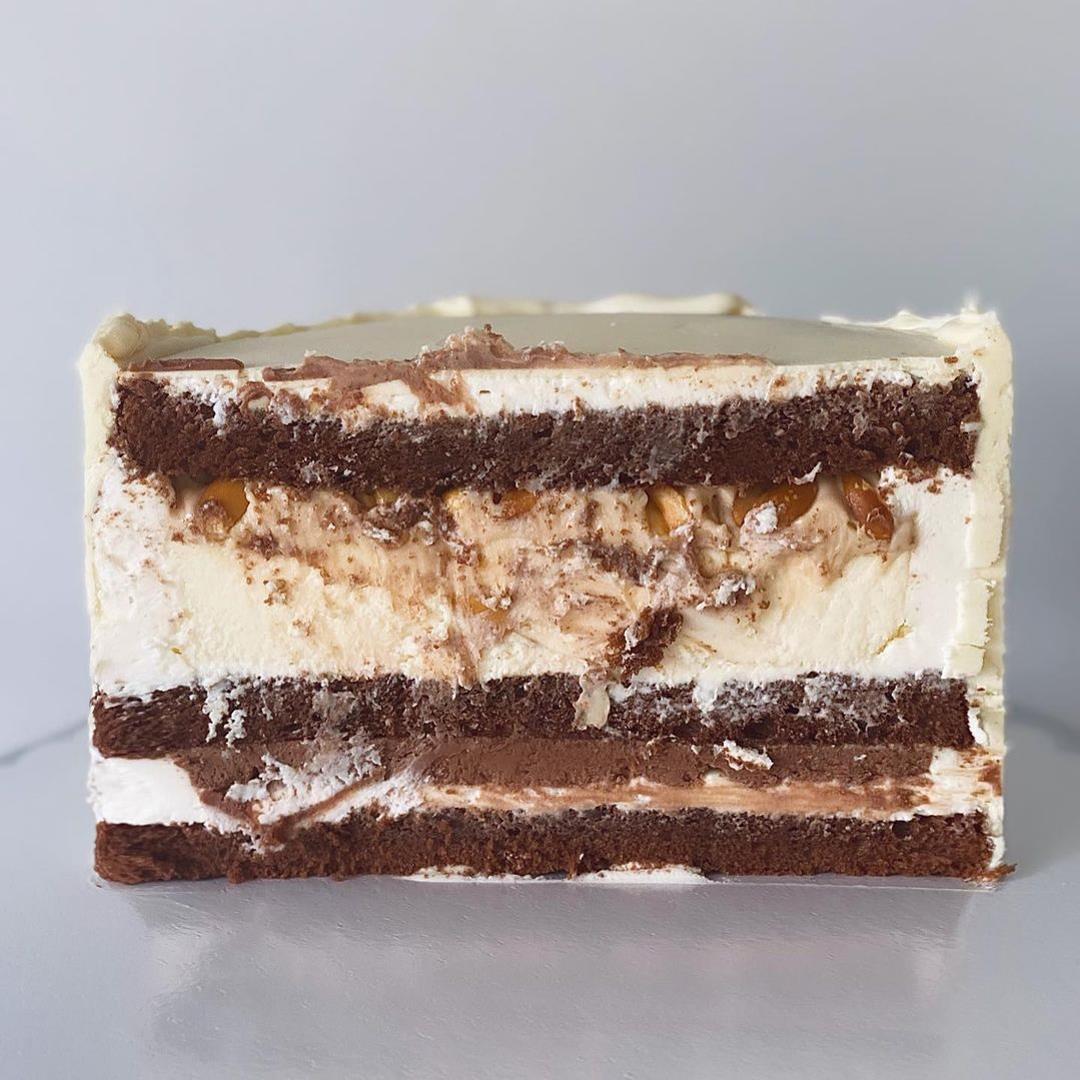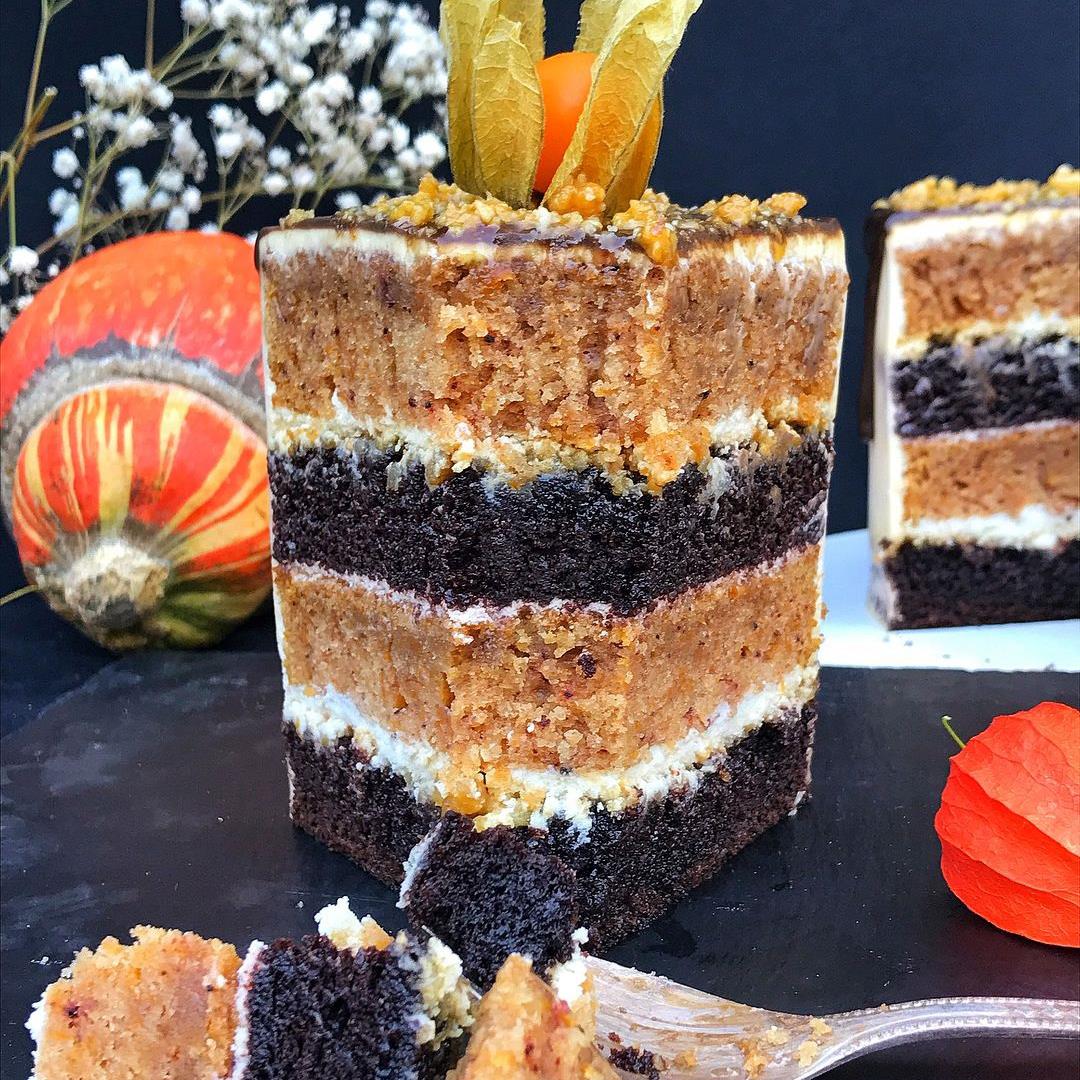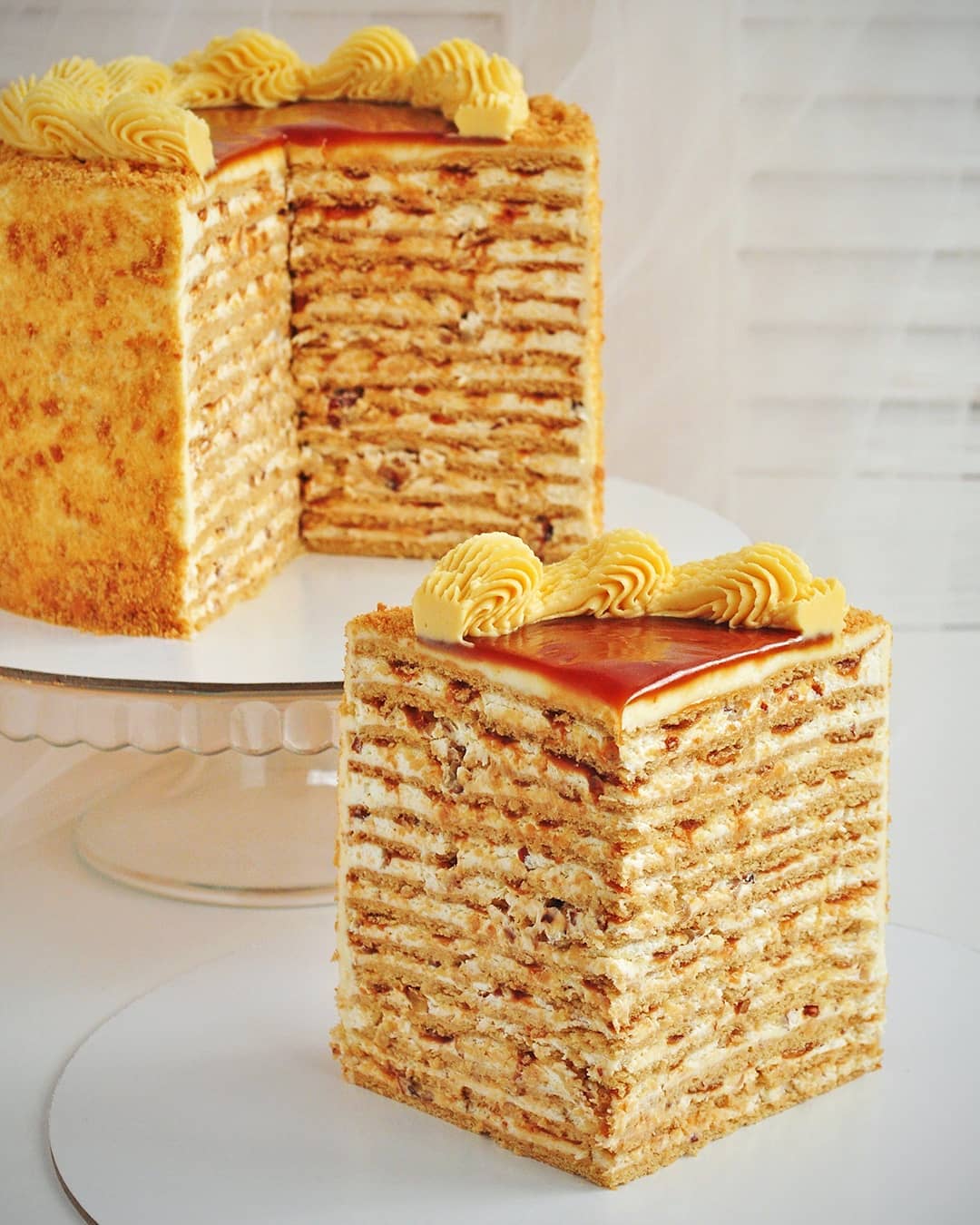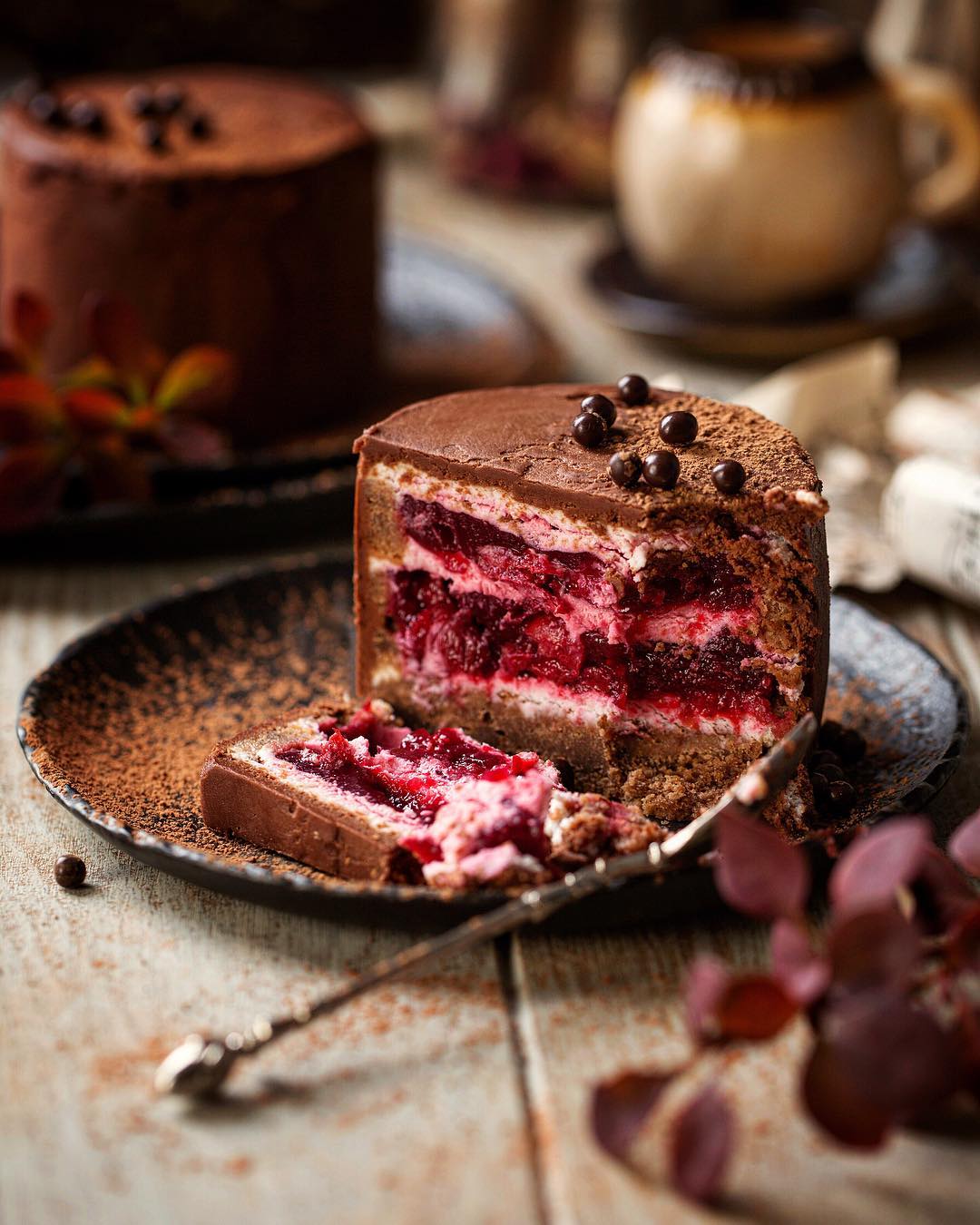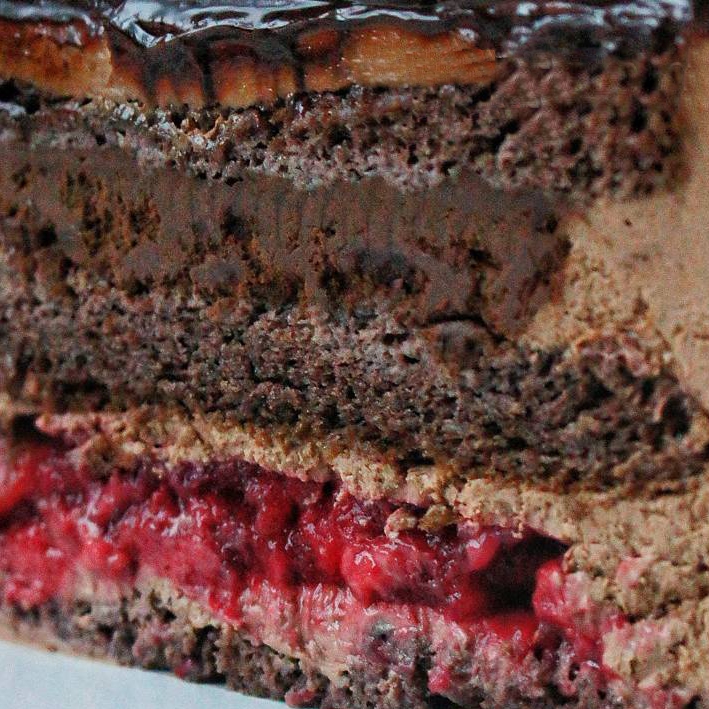Ingredients
Sponge Biscuit
The Cream
Instructions
Step 1
Step 2
Step 3
Step 4
Step 5
Step 6
Step 7
Step 8
Step 9
Step 10
Servings
Equipment
Use various sizes to manage different ingredients with ease. Stainless steel or glass bowls work best for their durability.
A stand mixer is ideal, but a hand mixer will also do the job. Ensure it's on a stable surface to avoid any accidents.
A good sifter is necessary to make sure your flour and baking powder are lump-free. This ensures a smooth and fluffy batter.
Use a flexible rubber spatula for folding ingredients gently without deflating the batter. It's also handy for scraping down bowl sides.
A non-stick baking sheet will make removing your baked goods easier. Line it with parchment paper for even better results.
Allow your sponge biscuits to cool uniformly on a wire cooling rack. This prevents any sogginess on the bottom.
Variations
Faq
- How do I know if my sponge biscuit is cooked?
Insert a toothpick into the center of the biscuit. If it comes out clean, your sponge is done.
- Can I use a hand whisk instead of an electric mixer?
Yes, but it will take longer and require more effort to achieve the right consistency.
- Can I add nuts or dried fruit to the batter?
Sure! Fold in some chopped nuts or dried fruit at the same time you add the flour for an extra texture and flavor boost.
- How do I store these biscuit balls?
Store them in an airtight container in the fridge for up to a week. Let them come to room temperature before serving for the best texture.
- What’s the best way to achieve a uniform size for each ball?
Use a kitchen scale to measure out exactly 60g | 2.10 oz of the mixture for each ball to ensure consistency.
- Can I freeze the biscuit balls for later?
Yes, you can freeze them in a single layer on a baking sheet, then transfer to an airtight container. Thaw in the fridge before serving.

